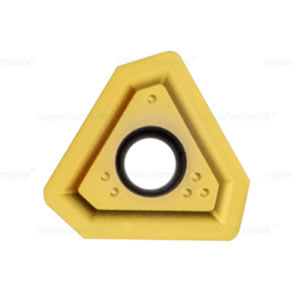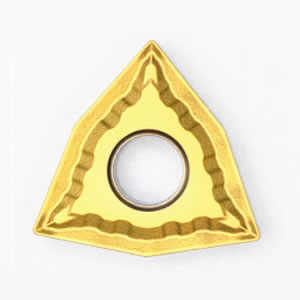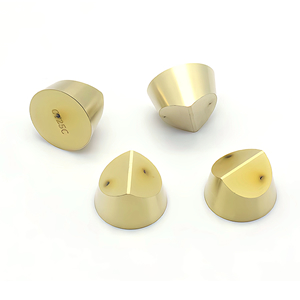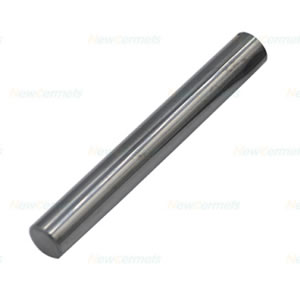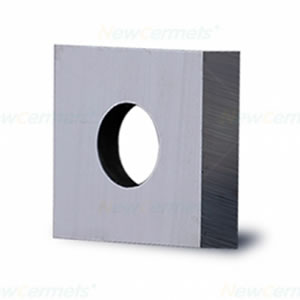What are knives and the classification of knives?
What are knives and the classification of knives?
Overview of knives
Any bladed tool that can be processed from a workpiece by cutting methods can be called a tool. Tool is one of the basic production tools that must be used in cutting. The variety writing performance of the tool directly affects the variety, quality, productivity and cost of the product. In the long-term production practice, with the continuous development and change of the material, structure, precision, etc. of mechanical parts, the cutting method has become more and more diverse. The tools used in cutting have also developed to form the structure, type and A system with rather complex specifications.

There are many types of knives, but they can be roughly divided into two categories: standard knives and non-standard knives. The so-called standard tool refers to the tool manufactured according to the "tool standard" formulated by the state or department, which is mainly produced by specialized tool factories. It is commonly used in various types of machinery manufacturing plants, agricultural machinery repair plants and defense plants, and is in great demand. Non-standard tools are designed and manufactured according to the special requirements of the workpiece and specific processing conditions, and are mainly produced by each user's factory.
Classification of tools
Due to the different shapes, sizes and technical requirements of the workpieces to be processed, as well as the different machine tools and processing methods used, there are many types of tools and different shapes, and they are constantly innovating with the development of production. The classification of tools can be carried out in many ways. For example, according to the material of the cutting part, it can be divided into high-speed steel tools and carbide tools; according to the tool structure, it can be divided into integral and assembled tools. However, what can better reflect the common characteristics of tools is to classify them according to tool usage and processing methods.

